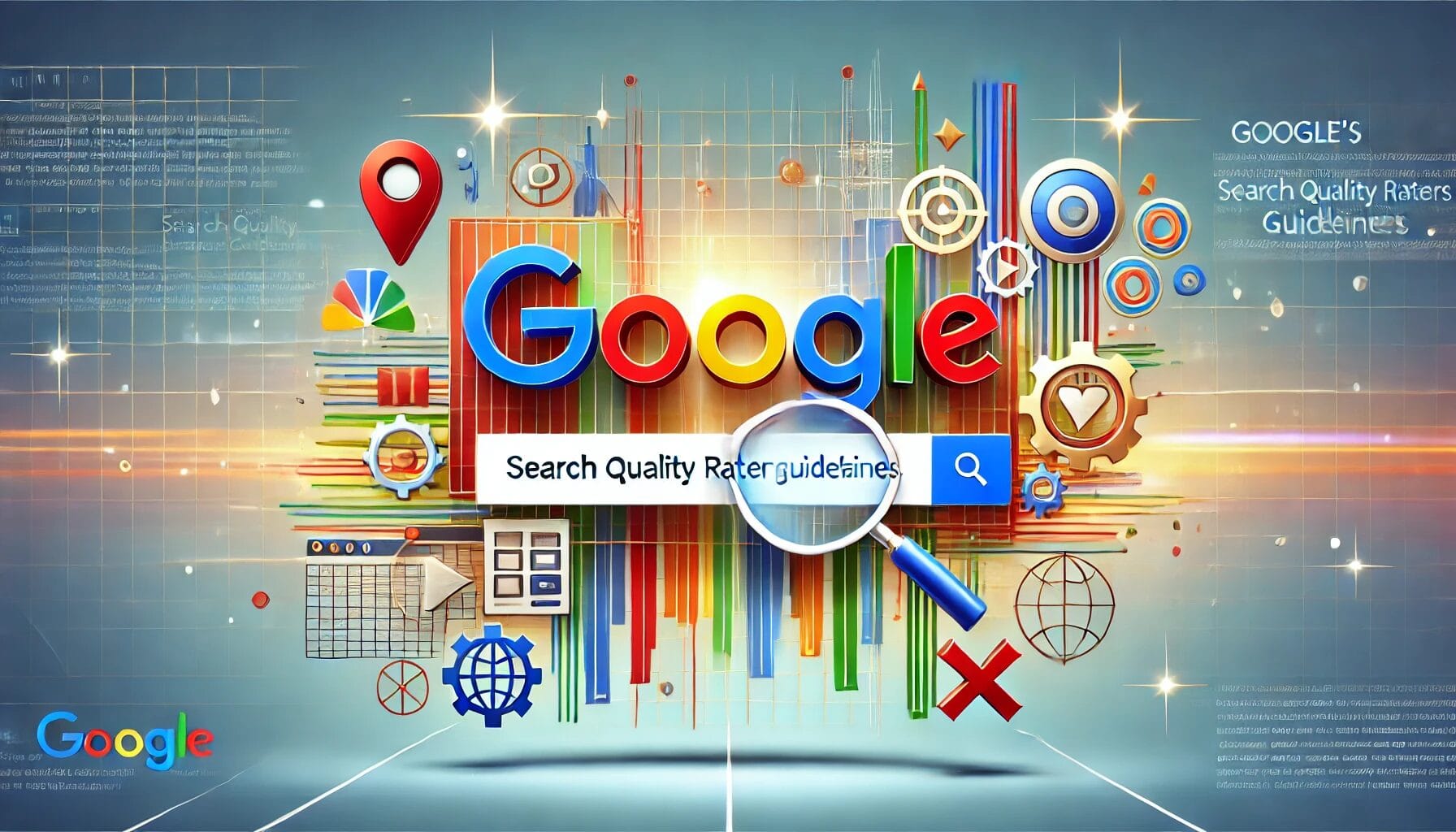Table of Contents


Want to Boost Rankings?
Get a proposal along with expert advice and insights on the right SEO strategy to grow your business!
Get StartedTo enhance search results, Google has revised its Search Quality Raters Guidelines, focusing heavily on identifying and eliminating spam.
This update, released nearly a year after the last one, brings a fresh set of standards for evaluating search content while ensuring user-first experiences.
Free SEO Audit: Uncover Hidden SEO Opportunities Before Your Competitors Do
Gain early access to a tailored SEO audit that reveals untapped SEO opportunities and gaps in your website.

If you run a website or care about how content ranks in Google’s search results, these changes could affect how your pages perform. Let’s break it down.

Biggest Changes You Should Know
Google’s latest update isn’t just about minor tweaks—it’s a full-scale refinement aimed at spotting spam and improving content quality. Here’s what’s new:
- Spam-Spotting Made Simpler – The sections on “Lowest” and “Low” Page Quality ratings have been updated to align more closely with Google’s strict Web Spam Policies. New examples have been added to help raters identify spam more effectively.
- Sharper Focus on User Intent – Google expanded its guidance for understanding minor differences in how people search for things. This will help raters judge whether a webpage satisfies a searcher’s needs, even for complex or nuanced queries.
- Smarter, Smoother Guidance – Other changes include better rating scales, removal of outdated examples, fixed typos, and updated browser requirements to ensure the guidelines are clear and easy to follow.
Why It Matters for Everyone Online
If you’re wondering why this update is a big deal, here’s the scoop:
- For Users: These updates mean you’ll see fewer irrelevant or spammy results when searching for information.
- For Website Owners: It’s a wake-up call to focus on creating high-quality, user-focused content. Understanding what Google prioritizes can make or break your site’s visibility.
- For SEO Pros: Staying ahead of these changes is critical to keeping your strategies effective.
While raters don’t directly control which sites rank higher, their feedback helps Google improve its algorithms to favor helpful, trustworthy content.
Google’s Ongoing Battle Against Spam
Google has a long history of updating these guidelines, typically once a year. The last big refresh was in March 2024, which focused on new spam policies and core algorithm updates.
Before that, updates in late 2023 and 2022 targeted spammy practices and promoted people-first content.
By refining its search processes, Google ensures users get reliable results, whether they’re looking for recipes, research, or reviews.
What This Means for You
If you create content or manage websites, here’s what you can do to stay in Google’s good books:
Focus on Quality: Make sure every page on your site provides real value to users.
Avoid Spammy Tactics: Practices like keyword stuffing, misleading links, or low-value content could hurt your rankings.
Stay Updated: Regularly check Google’s guidelines for changes to keep your content aligned with best practices.
Match User Intent: Think about what your audience is searching for and craft content that directly meets their needs.
Learn from Examples: Use Google’s newly added examples as a guide for what to do—and what to avoid.
Key Takeaways
- Google’s January 2025 update focuses heavily on spa+m control and user-first content.
- Updated guidelines include clearer rules and better examples for quality raters.
- Raters’ feedback helps Google’s algorithms prioritize trustworthy, helpful content.
- Website owners must steer clear of spammy practices and focus on user needs.
- Future updates will likely zero in on AI and voice search trends.
About the author
Share this article
Find out WHAT stops Google from ranking your website
We’ll have our SEO specialists analyze your website—and tell you what could be slowing down your organic growth.














